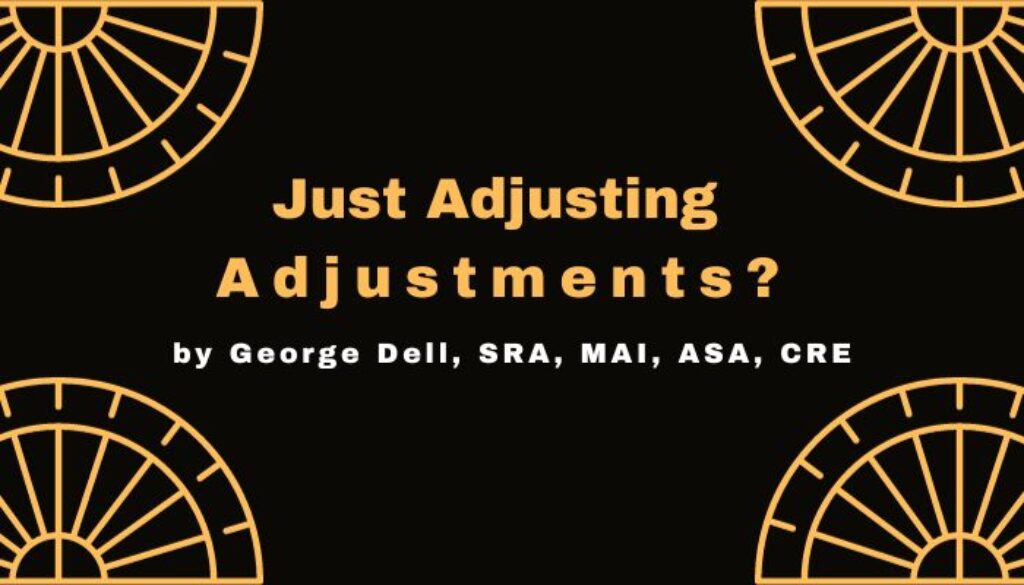Think up an adjustment amount, and then support that amount.
Interesting, the ‘support’ language we use for our work. Form an opinion, and then support it. Isn’t that backwards? Shouldn’t it be “calculate an estimate”, and then form an opinion?
Develop an opinion. A dictionary defines develop: “elaborate or expand in detail,” as in “to develop a theory.” There are other definitions. None of them say “do an analysis, then form an opinion.” The other definitions all imply — first form a theory, or judgment, then grow or expand on it, bring it into being. This process of ‘thinking,’ then explaining/justifying was necessary up to the 1970’s. Data was unkind and scarce; analysis was by pencil on paper.
Evidence Based Valuation© focuses on the importance of — first pick a model, then do the analysis, then show the estimated result. “Provide the data, the reasoning, then the result.” Any opinion should match the result!
There may be some mental resistance, even anger at this thought.
I understand. We built our profession on good judgment and trust. Judgment in property use and in picking a comp. Judgment in making an adjustment. All worthy of belief.
We’re asked to support our adjustments. Our education teaches several ways to quantify adjustments. These include: paired data, grouped data, secondary, “statistical,” “graphic,” “scenario,” cost-related, and analysis of capitalization differences. The appraiser is repeatedly admonished: “must be careful,” “developed with extreme care,” and “special care.”
Secondary data analysis isn’t analysis, but just the use of a different, ‘secondary’ data source. With statistical analysis we’re warned that we “must be careful not to develop a result that is mathematically precise yet logically meaningless or inappropriate…” And “…should be able to distinguish between descriptive and inferential statistics.”
Our culture says “trust me, I know a good comp when I see one.” Even with today’s complete data sets? Should we be using “all information necessary?” Should we continue to discard all but a few sales?
We are admonished to “support” our adjustment opinion “from the market.” Unfortunately data science shows us that only some adjustments can be inferred. There are four types of possible adjustment results: 1) Calculated (deterministic); 2) Estimated (probabilistic); 3) Biased (but usefully asymptotic); and, 4) Objectively uncertain (unknown).
Each of the above four possible results for adjustments requires different understanding, and often different tools. Each requires an analytically defined data set – the competitive market segment©. Without that none of the above methods work: neither of suggested traditional appraisal methods, nor the methods given in the curriculum of EBV (Evidence Based Valuation©).

March 8, 2017 @ 7:38 am
You are correct. If you are married to an adjustment then you must support it. You then end up paying appraisalimony when you lose the civil litigation against you.
March 8, 2017 @ 10:28 pm
Thank you for the post, I’m a fan of statistics and you always find ways to provoke thought. I’ve always talked about explaining, justifying, and supporting, but in practice I’m providing data, reasoning, and a result. I need to start talking the same way I work.
March 10, 2017 @ 7:43 am
https://www.merriam-webster.com/dictionary/scientific%20method
How Do You Pick Comps? Pt I - George Dell, SRA, MAI, ASA, CRE
March 1, 2023 @ 1:17 am
[…] pretty easy, compared to the many other things I had to learn. It was a little harder than making adjustments […]